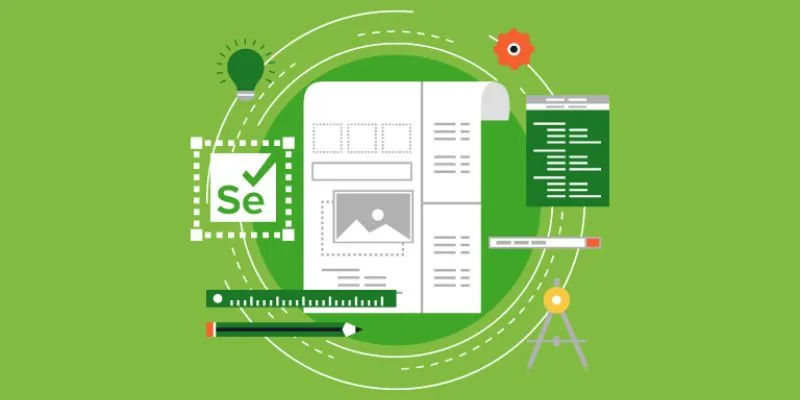
In the realm of test automation, Selenium stands out as a powerful and widely-used open-source framework. At its core lies the Selenium Client API, a set of libraries and interfaces that empowers developers to automate web browsers efficiently. In this blog post, we’ll delve into the potentials of Selenium Client API, exploring its key features and applications in the world of test automation. Are you looking to advance your career in Selenium? Get started today with the Selenium Training in Chennai from FITA Academy!
What is Selenium Client API?
Selenium Client API serves as the gateway for developers to interact with web browsers programmatically. It provides a suite of functions and methods to manipulate browser behavior, allowing for seamless automation of repetitive tasks. Selenium Developers can access the Selenium Client API with many types of programming languages, including Python, Java, and C#.
WebDriver
At the core of Selenium Client API lies the WebDriver interface. It acts as a bridge between the script and the web browser, facilitating actions like opening a browser, navigating to URLs, and interacting with web elements. The WebDriver empowers developers with the ability to control browsers programmatically, enabling the creation of robust and dynamic test scripts.
Understanding Locators in Selenium
To interact with elements on a web page, Selenium relies on locators – mechanisms to identify and locate these elements. Locators include ID, Name, XPath, CSS Selector, and class name. Choosing the right locator strategy is crucial for robust and reliable test scripts. Learn all the Selenium techniques and become a Selenium Tester. Enroll in our Selenium Online Training.
Best Practices for Locating Elements
Exploring the best practices for using locators enhances the stability and maintainability of Selenium scripts. This section will cover strategies for effective element identification, helping developers navigate the intricacies of various web page structures.
Enhancing Automation with Advanced Interactions
Actions Class
Selenium’s Actions class provides a rich set of methods for performing complex user interactions. From simulating mouse movements and clicks to handling keyboard actions, this section will uncover the capabilities of the Actions class and demonstrate how it can be leveraged for more sophisticated automation scenarios.
Tackling Dynamic Web Pages with WebDriverWait
Challenge of Dynamism in Web Pages
Dynamic web pages, where elements load asynchronously, can pose challenges for automation. The WebDriverWait mechanism in Selenium comes to the rescue, allowing scripts to wait for specific conditions to be met before proceeding. This section will guide developers on effectively handling dynamic elements for stable automation.
Best Practices for Writing Maintainable Scripts
Code Organization with Page Object Model (POM)
As Selenium test suites grow, maintaining code becomes paramount. The Page Object Model (POM) design pattern offers a structured approach to organizing code, promoting reusability and maintainability. We’ll explore how POM enhances the overall architecture of Selenium scripts.
Looking for a career in Selenium? Enroll in this Advanced Training Institute in Chennai and learn about Selenium Tools and techniques from experts.
In conclusion, Selenium Client API is a game-changer in test automation. With its core WebDriver and advanced Actions class, it offers a robust toolkit for efficient scripting. Mastering locators, WebDriverWait, and adopting the Page Object Model unleashes the full potential of Selenium. As organizations seek agile testing, Selenium remains pivotal, empowering teams for seamless automation. Whether you’re a novice or expert, exploring Selenium’s capabilities opens doors to elevate your automation endeavors.
Read more: Selenium Interview Questions and Answers
